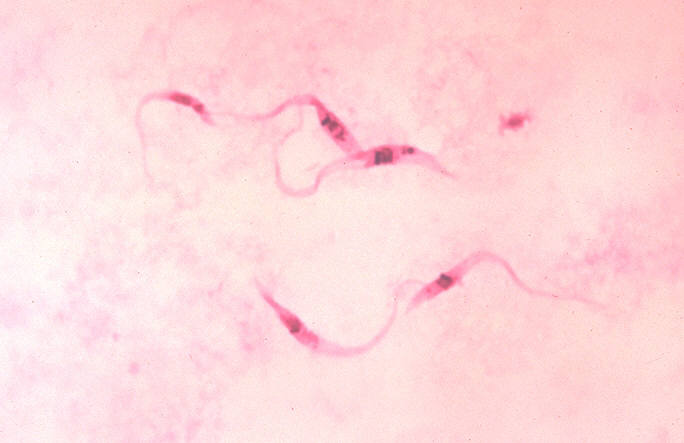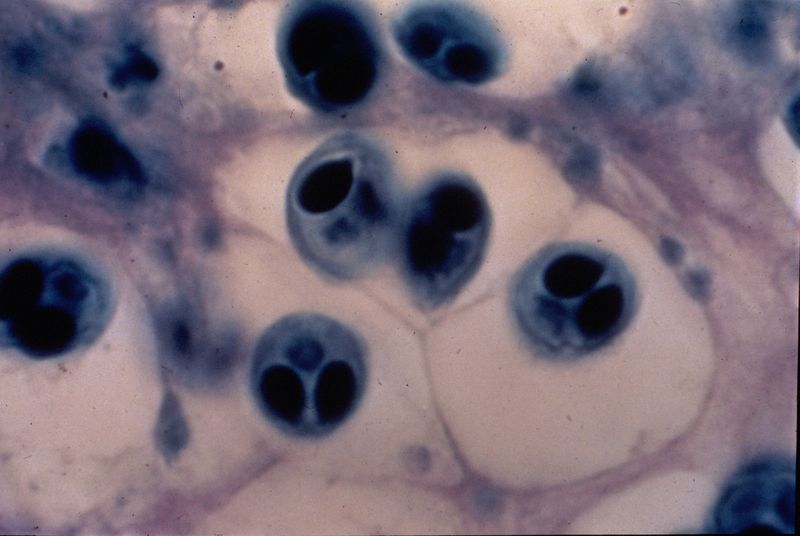Giemsa stain
|
WikiDoc Resources for Giemsa stain |
|
Articles |
|---|
|
Most recent articles on Giemsa stain Most cited articles on Giemsa stain |
|
Media |
|
Powerpoint slides on Giemsa stain |
|
Evidence Based Medicine |
|
Clinical Trials |
|
Ongoing Trials on Giemsa stain at Clinical Trials.gov Clinical Trials on Giemsa stain at Google
|
|
Guidelines / Policies / Govt |
|
US National Guidelines Clearinghouse on Giemsa stain
|
|
Books |
|
News |
|
Commentary |
|
Definitions |
|
Patient Resources / Community |
|
Patient resources on Giemsa stain Discussion groups on Giemsa stain Patient Handouts on Giemsa stain Directions to Hospitals Treating Giemsa stain Risk calculators and risk factors for Giemsa stain
|
|
Healthcare Provider Resources |
|
Causes & Risk Factors for Giemsa stain |
|
Continuing Medical Education (CME) |
|
International |
|
|
|
Business |
|
Experimental / Informatics |


Giemsa stain, named after Gustav Giemsa, an early malariologist, is used for the histopathological diagnosis of malaria and other parasites. It is a mixture of methylene blue and eosin. The stain is usually prepared from commercially available Giemsa powder. It is specific for the phosphate groups of DNA and attaches itself to regions of DNA where there are high amounts of adenine-thymine bonding. Giemsa stain is used in Giemsa banding, commonly called G-banding, to stain chromosomes and often used to create a karyotype. It can identify chromosomal aberrations such as translocations and interchanges.
Giemsa stain is also a differential stain. It can be used to study the adherence of pathogenic bacteria to human cells. It differentially stains human and bacterial cells pink and purple respectively. It can be used for histopathological diagnosis of malaria and some other spirochete and protozoan blood parasites. Also used in Wolbach's tissue stain.
Giemsa stain is a classical blood film stain for peripheral blood smears and bone marrow specimens. Erythrocytes stain pink, platelets show a light pale pink, lymphocyte cytoplasm stains sky blue, monocyte cytoplasm stains pale blue, and leukocyte nuclear chromatin stains magenta.
Giemsa stain is also used to visualize chromosomes.
A thin film of the specimen on a microscope slide is fixed in pure methanol for 30 seconds, by immersing it or by putting a few drops of methanol on the slide. The slide is immersed to a freshly prepared 5% Giemsa stain solution for 20-30 minutes (in emergencies 5-10 minutes in 10% solution can be used), then flushed with tap water and left dry. [1]
See also